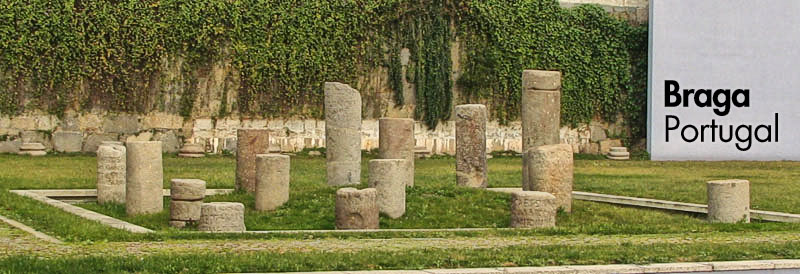Braga
Braga, the council capital, gathers its secular importance with an up-date commercial and industrial prosperity. The beautiful squares and gardens, the museums with their precious collections, the hotels and restaurants, the large number of recognised monuments and the historical centre, are some of the things that make of this "Portuguese Rome" a favourite touristic destination.
It's located in the heart of Minho, where feast, fairs and "romarias" are held in most days of the year.
This is a region where folklore is most alive and colourful mainly because the bright colours of the clothes and the liveliness of their singing and dancing.
A festival of flavours and subtle perfumes is the cooking of Minho, product of the wise valorization of the fruits of the earth, which may be washed down with the young, fresh and fruity green wine. In Minho "there is not a day without feast and a feast without wine".
Braga is the spiritual home of Portugal, with around 35 churches built across the city. From this and its religious history it is also called "the city of Archbishops".
People celebrate "Holly Week" with the most solemnity and splendour. During this week, the city is transformed by all its Easter decorations, ceremonies and processions.
Braga guide ( from Minho University)
Braga guide ( from Minho University)
Places to see
Sé
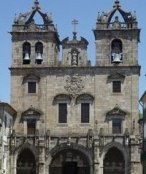
Map
Casa dos Biscainhos
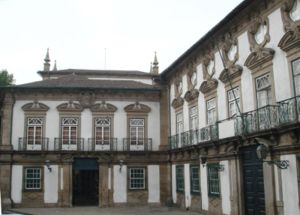
Map
Arco da Porta Nova
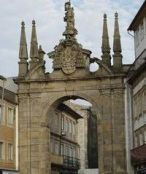
Map
Archiepiscopal Court (Largo do Paço)
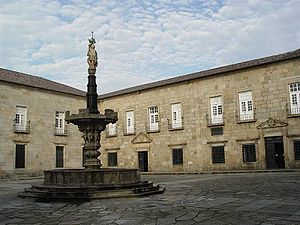
Map
Archaelogical sites
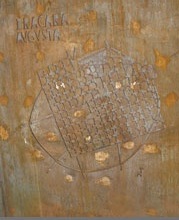
Bom Jesus do Monte Sanctuary
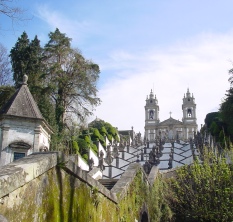
Mosteiro de São Martinho de Tibães
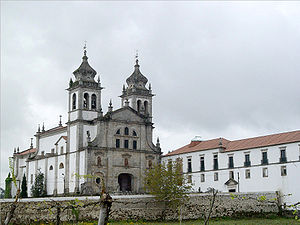
Map
Citânia de Briteiros (Briteiros citadel)
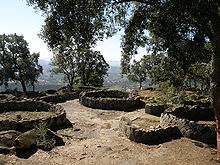
Map
Around Braga
Peneda-Gerês
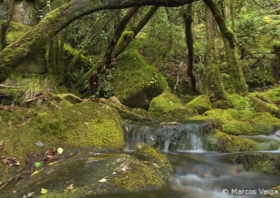
Park website
Park head office at Braga
